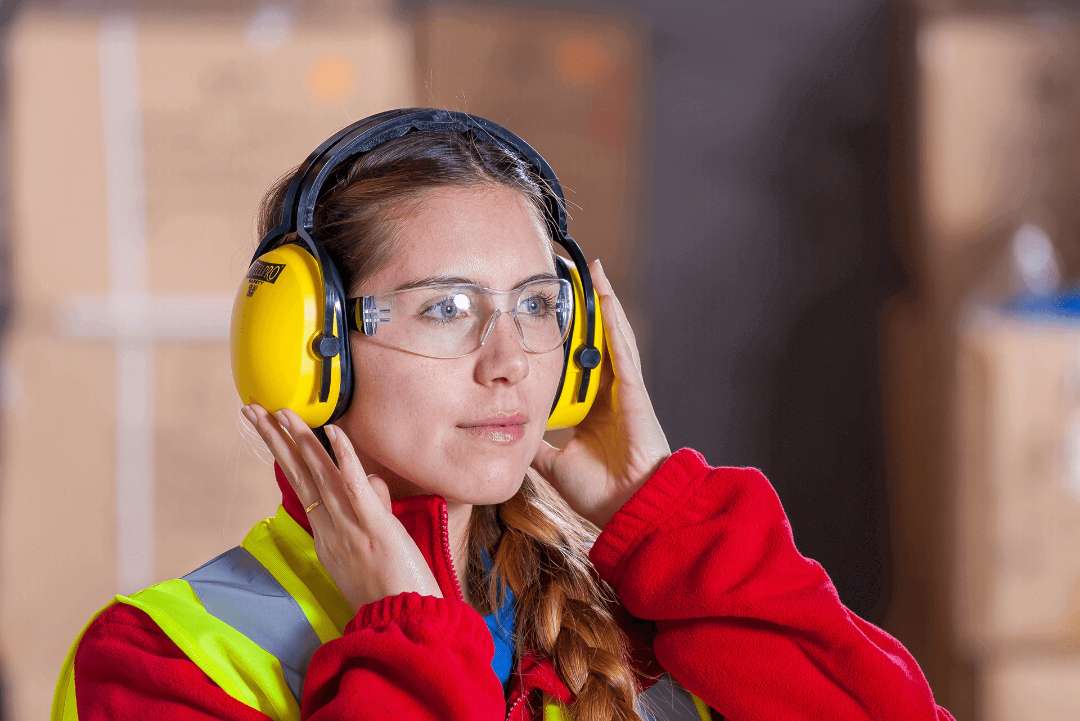
Workplaces have become increasingly complex and busy, making confined spaces an essential part of many industrial operations. Confined spaces are often necessary for workers to enter in order to access hard-to-reach areas or perform maintenance tasks. However, these tight and enclosed places can be incredibly dangerous for those who enter them.
Business owners are constantly investing in confined space training, so employees can better understand the hazards associated with these spaces. Here’s a list of potential risks that workers should be aware of and take necessary precautions for when entering confined spaces:
Unstable Atmosphere
The primary risk in any confined space is an unstable atmosphere. Without proper monitoring equipment, hazardous gases such as carbon monoxide, hydrogen sulfide, and nitrogen dioxide can go undetected. These gases are heavier than air and accumulate in the bottom of a confined space. Poor ventilation or failing to test for hazardous levels before entering a confined space can create a dangerous or even fatal situation.
Flammable Materials
Flammable materials such as liquids and vapors may be present in a confined space, creating an explosive atmosphere. Even if the materials are not immediately obvious, it is important to be aware that they could exist and take all necessary safety precautions. This includes ensuring ventilation systems are working correctly and properly venting any hazardous vapors, as well as testing for and monitoring combustible gas levels.
Collapse & Entrapment
Many confined spaces are often in a state of disrepair, making them prone to collapse. Structural damage can cause walls and ceilings to cave in, trapping workers inside the space. Workers should also be aware that they may become trapped due to misaligned or blocked doorways or airlocks. It is essential to take precautions when entering a confined space, such as wearing the appropriate safety equipment and utilizing an escape plan in an emergency.
Inadequate Lighting & Limited Accessibility
Confined spaces are often difficult to maneuver due to their cramped layout and limited access points. Poor lighting also makes it difficult for workers to navigate through a confined space. It is important for employers to ensure that all confined spaces are well-lit and accessible in order to reduce the risk of injury.
Flooding
Another potential hazard of confined spaces is flooding. This can occur due to plumbing or piping issues or environmental factors such as storms and floods. If a confined space is flooded, it can cause workers to become trapped or suffer from drowning or hypothermia. It is important for employers to take proactive steps, such as installing adequate drainage systems and monitoring the local weather, to reduce the risk of flooding in confined spaces.
Final Thoughts
Confined spaces can be incredibly dangerous places for those who enter them, making it essential that workers are knowledgeable about the potential risks when entering a confined space. It is important for employers to invest in proper training courses and provide adequate safety equipment to minimize these hazards. By following all necessary safety protocols, workers can ensure that they enter a confined space safely and efficiently.

No Comments